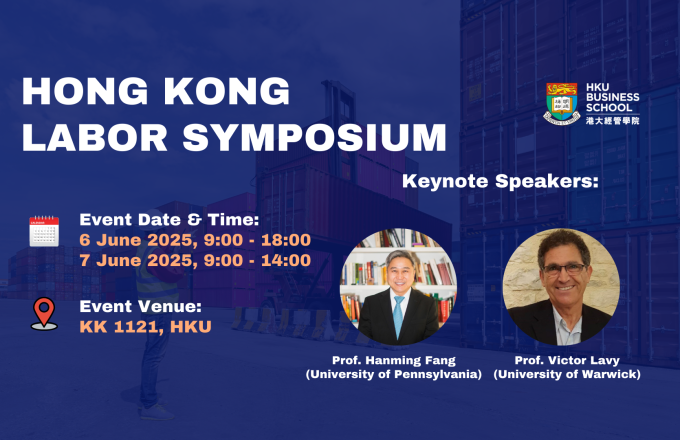
Inventor Commingling and Innovation in Technology Startup Acquisitions
Prof. David Hsu
Richard A. Sapp Professor of Management
The Wharton School
University of Pennsylvania
How does inventor team commingling, which we define as integrating human capital from the target and acquiring firm for R&D collaboration, impact innovation outcomes in technology acquisitions? Organizing post-acquisition R&D production teams in this manner holds the potential of sidestepping the classical integration-autonomy tradeoff. Structural integration facilitates task coordination but may dampen individual motivation, while an autonomous post-acquisition organization presents the opposite tradeoff. We argue that commingling is especially suited to technology acquisition integration and innovation, as it helps address task uncertainty (not just task coordination) while at the same time facilitating organizational and human know-how recombination (not just motivation). We assemble a sample of technology acquisitions, with some firms also experiencing prior R&D alliances with the acquirer. We find that inventor commingling and structural integration are substitutes as related to innovation outcomes. Furthermore, innovation outcomes are strongly increasing post-merger for firms with more intensive inventor commingling. All of these effects are distinct from team knowledge diversity. We instrument direct flights between the acquisition party locations to address the issue of endogenous commingling, and find consistent results. This supports a causal interpretation of commingling on innovation. Finally, as initial evidence that the commingling design may also depend on managerial authority and control, we find that the same individuals who engaged in post-acquisition commingling and pre-acquisition R&D alliance collaboration experienced greater innovation outcomes under the former structure.







